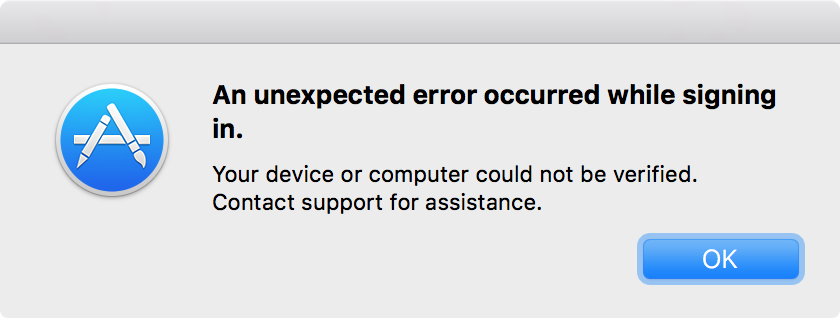Mac Boot Launch Apps
Automatically launching certain apps on startup makes a lot of sense. This helps users save a lot of time opening apps individually, but the problem is that as your computer starts to age and as your hard drive starts to wear out, the boot time of your computer will eventually get slower.
Now, apps started through Terminal are also checked. These files get the same malware scan, signature check, and local security policy check. The difference: even on the first run, you only need to explicitly approve software launched in bundles, like a standard Mac app bundle, not for standalone executables or libraries. If you can lighten the Mac drive and delete those unnecessary files, for example, system junk, duplicate files, unused third-party apps, etc., that will help optimize your Mac startup. How to fix: clean up Mac drive. There are many manual fixes regarding this, at the price of taking your time thought. How to set applications to automatically launch at boot up. To make an app launch automatically on your Mac, simply do the following: Step 1: Open System Preferences. Step 2: Click Users & Groups. Step 3: Click Login Items. At the bottom left corner of the window, click on the lock icon and enter your admin password. . Use published internal applications (available in the Apps view). Add and remove favorites (in the Favorites view) for items you frequently use. Automatically launch and connect Remote Desktop sessions. Launch SSL Tunnels to use apps on your device that connect back to your organisation. There are multiple ways to find and launch Mac apps, and we're here to tell you about 5 of them. These including Finder, Spotlight, Launchpad, Dock, and Siri. Some are faster than others though. My Mac won’t turn on — now what? This may sound obvious, but check to see if your Mac has. Here are two ways you can change which apps will automatically run at startup in Windows 10: Select the Start button, then select Settings Apps Startup.Make sure any app you want to run at startup is turned On. If you don’t see the Startup option in Settings, right-click the Start button, select Task Manager, then select the Startup tab. (If you don’t see the Startup tab, select More.
This means that a startup time of 10 seconds could now take 20 seconds or longer. Short of buying a new computer, you can improve on the boot time of your device by managing the apps that are launched automatically. If you’re a Mac user looking to manage their startup apps, then check out these simple steps below.
How To Manage Startup Apps

- Click the Apple icon to the top left corner of your Mac’s screen
- Select System Preferences
- Click on Users & Groups
- In the window that opens, select your username from the panel on the left
- It will show you a list of apps that will automatically open when you login
- If you’d like to remove an app, select the app and click the “-” button
- If you’d like to add an app, click the “+” button

Boot App For Pc

Alternative Ways Of Managing Startup Apps
The method we highlighted above provides you with an overview of the apps that will launch upon logging into your Mac. This is useful if you prefer looking at things from a macro perspective, but if you’d rather not go through all the steps, there are alternative ways to manage individual apps.
- From the list of apps located on your dock, right-click (or CMD + click) the app you want to manage
- Go to Options > Open at Login
- If there is a checkmark next to Open at Login, it means that the app will automatically open upon logging in
- If there isn’t, click on Open at Login to enable it
- Repeat the process above if you’d like to remove an app from automatically opening whenever you log into your computer
Mac Boot Launch Apps Windows 10
Filed in . Read more about Apps and Macos.